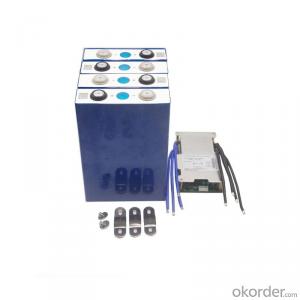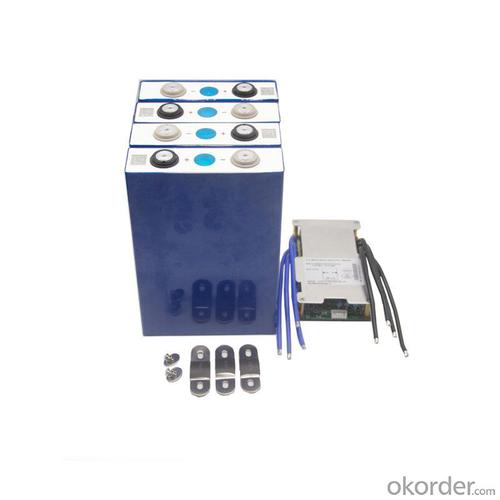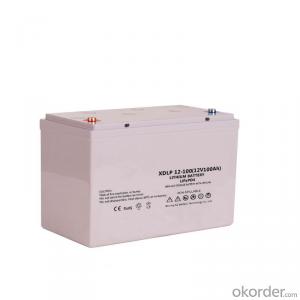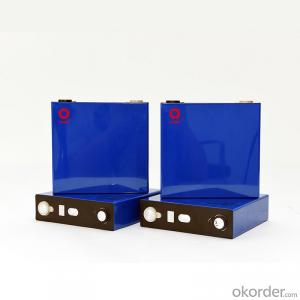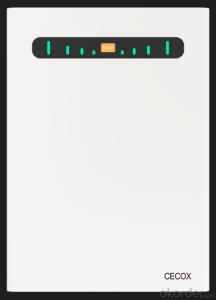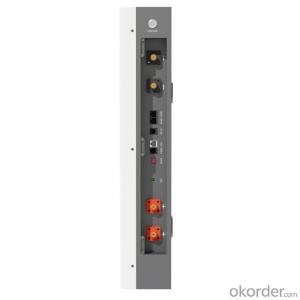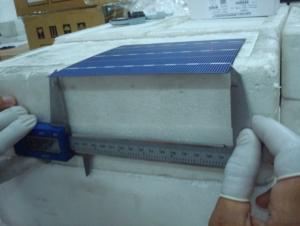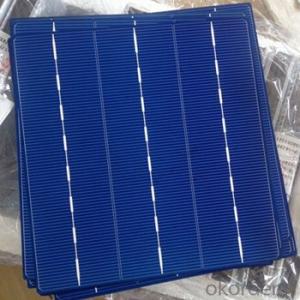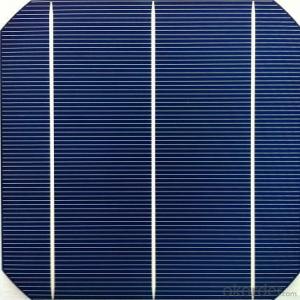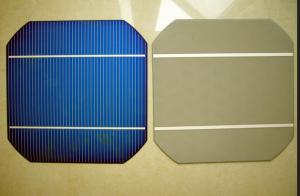Hanwha Solar Cells Compatible 3.2V 105Ah Li-ion Battery Ion Lithium LifePO4 3.2V 100Ah 280Ah 304Ah Lithium Iron Phosphate Battery
- Loading Port:
- SHENZHEN
- Payment Terms:
- TT OR LC
- Min Order Qty:
- 16 watt
- Supply Capability:
- 100000 watt/month
OKorder Service Pledge
OKorder Financial Service
You Might Also Like
Specification
Products Description:
1. Original brand cells, with QR code, Brand new and Grade A+;
2. One battery Cell can be equipped with one set bus bar studs and nuts.
E.g.: If buy 4pcs, we can send 4pcs cells with 4 busbars, 8 sutds, 8 nuts, If needs, pls contact us!
3. Before delivery, we will test all cells Voltage and Internal resistance, and ensure for you!
4. Basic specification will be mark on the Cells before shipping!
Key attributes:
| Product name | 3.2v 105Ah LiFePO4 Battery |
| Normal Voltage | 3.2V |
| Normal Capacity | 40Ah, 80Ah, 100Ah, 200Ah, 280Ah |
| Item Name | Lifepo4 Cells 3.2V 105Ah |
| OEM / ODM | Available |
| Battery Type | Lithium Iron Phosphate Battery |
| Brand Name | EVE, CATL, BYD or other |
| Place of Origin | Guangdong, China |
| Application 1 | Electric Power Systems |
| Application 2 | Solar Energy Storage Systems |
| Cycle Life | 6000 cycle @ 100% DOD, 80% capacity remain |
Lead time:
| Quantity (pieces) | 1 - 100 | 101 - 1000 | > 1000 |
| Lead time (days) | 15 | 20 | To be negotiated |
Packaging and delivery:
| Packaging Details | Embedded foam Standard box |
| Port | Shenzhen |
Pictures for reference:
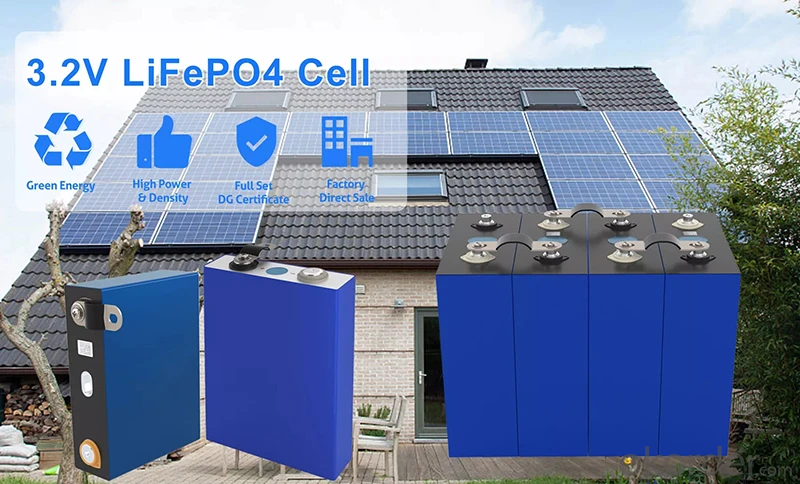

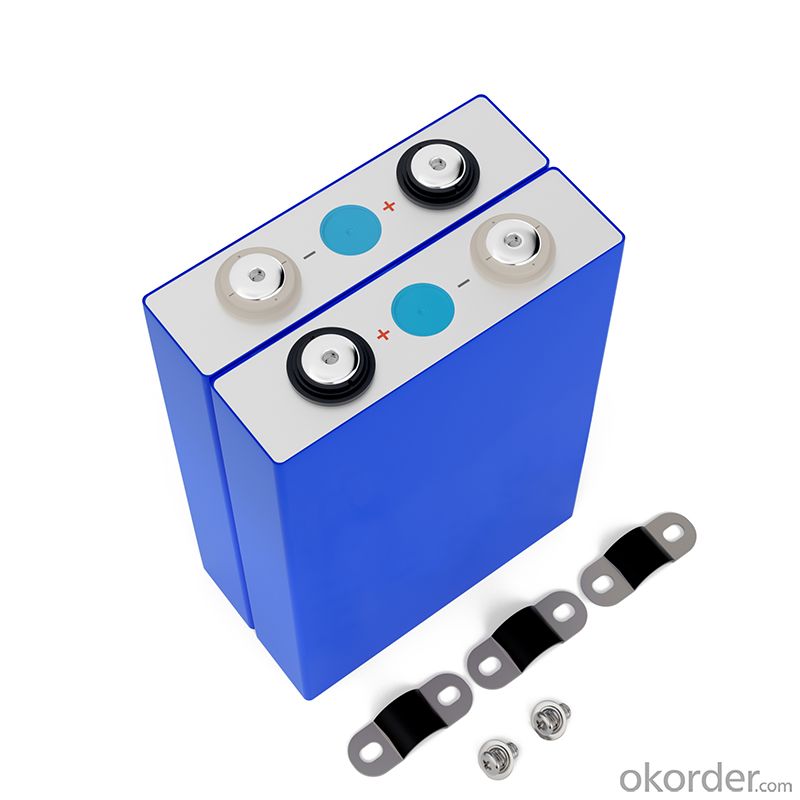


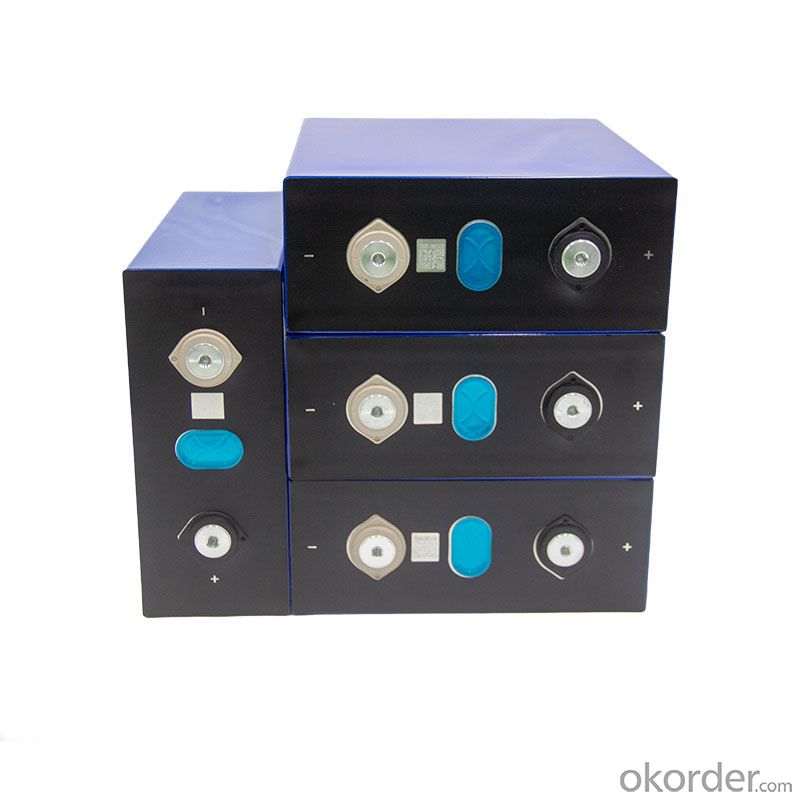
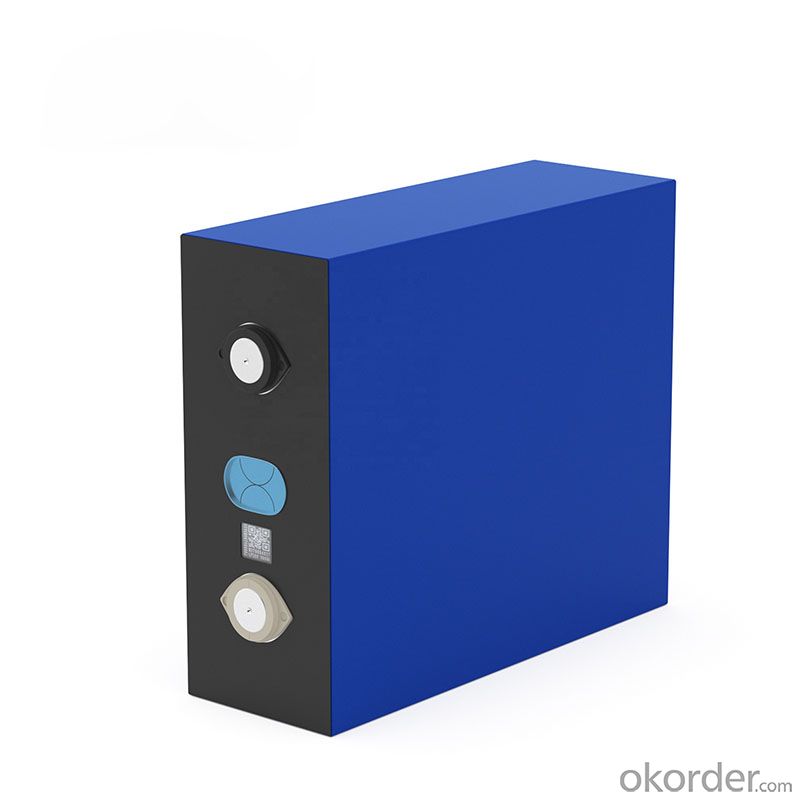
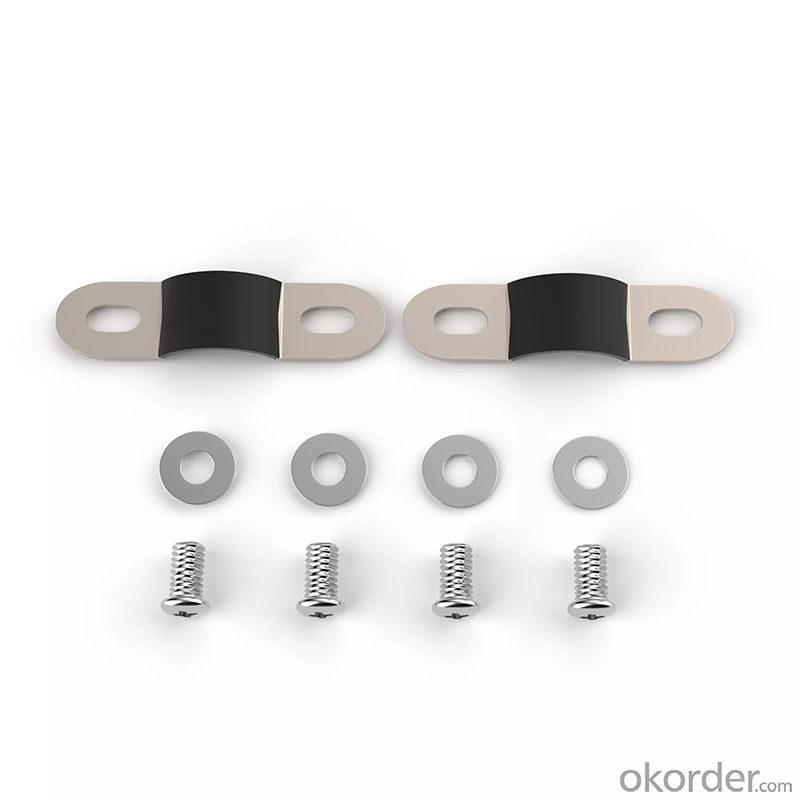
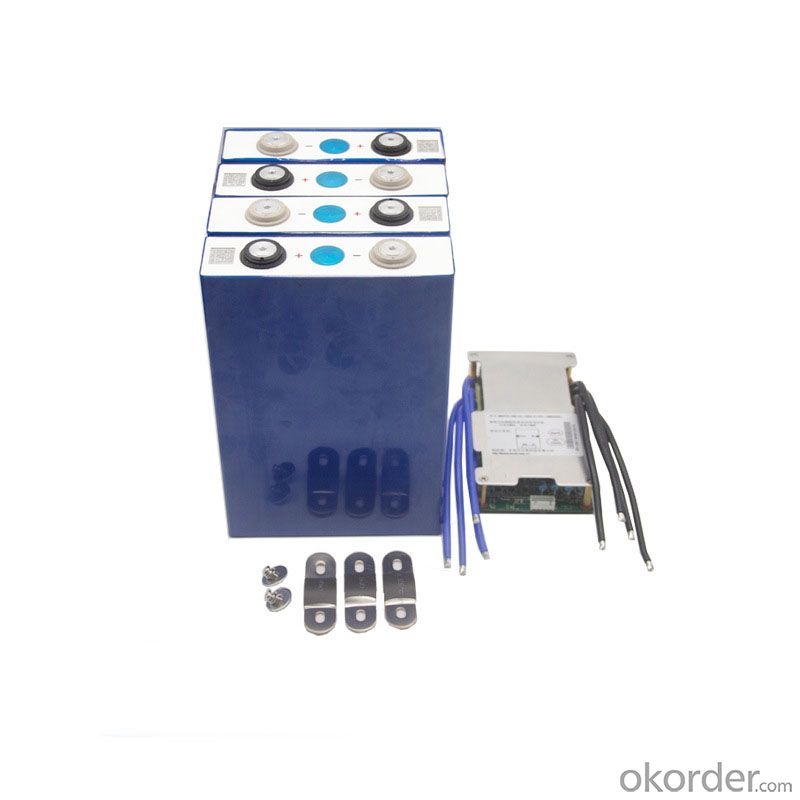

- Q: How do solar cells impact greenhouse gas emissions?
- Solar cells have a significant positive impact on greenhouse gas emissions as they generate electricity without producing any greenhouse gases. The use of solar energy reduces our reliance on fossil fuels, which are major contributors to greenhouse gas emissions, thereby helping to mitigate climate change.
- Q: How can the solar power change our life by using solar cells material?
- There is a lot of research indicating that by the mass use of solar cells, the solar power is becoming one of the least expensive overall sources of power
- Q: How long does it take to install solar cells on a rooftop?
- The time required to install solar cells on a rooftop can vary depending on various factors such as the size of the system, complexity of the installation, and the expertise of the installation team. On average, a residential rooftop solar installation can take anywhere from a few days to a couple of weeks. However, larger commercial installations may require more time. It's best to consult with a professional solar installer for a more accurate estimate based on your specific project.
- Q: How are solar cells connected in a solar panel?
- Solar cells are connected in a solar panel through a series of electrical connections called interconnects. These interconnects form a circuit that allows the flow of electrons between the individual solar cells, ensuring that the electrical current generated by each cell is combined to produce a higher voltage and power output.
- Q: Can solar cells be used to power off-grid cabins or homes?
- Yes, solar cells can be used to power off-grid cabins or homes. Solar panels can generate electricity by converting sunlight into usable energy, which can then be stored in batteries for use during periods of low sunlight or at night. This makes solar power an ideal and sustainable solution for off-grid living, providing a reliable source of electricity without the need for a traditional power grid connection.
- Q: What is the role of solar cells in solar-powered water heaters?
- The role of solar cells in solar-powered water heaters is to capture sunlight and convert it into electricity. This electricity is then used to power the heating element or pump in the water heater, allowing it to heat water using clean and renewable energy from the sun.
- Q: Why are the poly Solar cell specifications is different from each other, they seem to have the different size of 125mm, 156mm, 152mm, is the 152mm's battery technology is higher than the other?
- We used the poly solar cell which is the 125mm size, which is good enough for our usage in the lab.
- Q: Can solar cells be used for water heating applications?
- Yes, solar cells can be used for water heating applications. Solar thermal collectors, which incorporate solar cells, can absorb sunlight and convert it into heat energy, which can be used to heat water for various purposes such as domestic hot water, swimming pools, and space heating.
- Q: How do solar cells impact local economies?
- Solar cells can have a positive impact on local economies in several ways. Firstly, the installation and maintenance of solar panels create job opportunities, boosting employment rates and income levels in the local community. Additionally, solar energy reduces dependence on imported fossil fuels, which in turn decreases energy costs for businesses and residents, leading to increased savings and disposable income. Moreover, solar power can attract investments and promote the development of local solar industries, thus stimulating economic growth and innovation. Overall, solar cells contribute to a more sustainable and prosperous economy at the local level.
- Q: Can solar cells be used in extreme climates?
- Yes, solar cells can be used in extreme climates. While extreme temperatures and harsh weather conditions can affect their efficiency to some extent, solar cells are designed to withstand a wide range of climates. In fact, many solar installations are successfully operating in extreme environments such as deserts, polar regions, and high-altitude areas. Proper design, installation, and maintenance techniques can ensure their optimal performance and durability even in challenging climate conditions.
Send your message to us
Hanwha Solar Cells Compatible 3.2V 105Ah Li-ion Battery Ion Lithium LifePO4 3.2V 100Ah 280Ah 304Ah Lithium Iron Phosphate Battery
- Loading Port:
- SHENZHEN
- Payment Terms:
- TT OR LC
- Min Order Qty:
- 16 watt
- Supply Capability:
- 100000 watt/month
OKorder Service Pledge
OKorder Financial Service
Similar products
Hot products
Hot Searches
Related keywords
